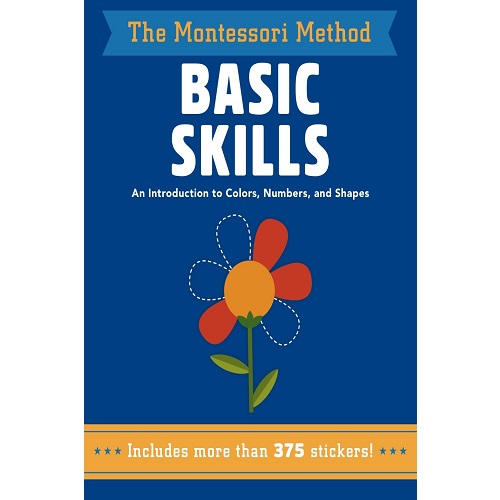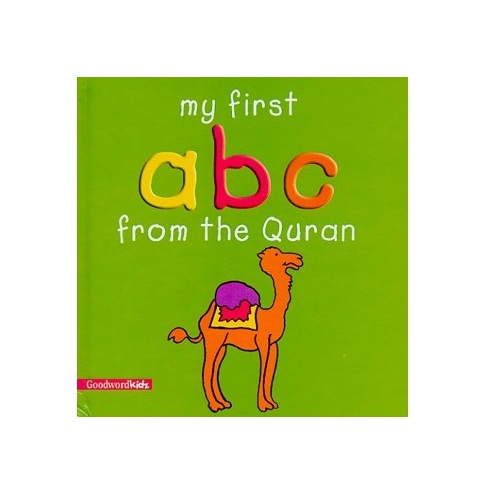Description
Give preschoolers the gift of learning with this Montessori-inspired early-childhood activity book!
In the Montessori Method, knowledge develops through the senses, and learning is nourished by freedom of choice, practical experience, and direct experimentation. This method of educating children has been widely implemented around the world, in preschools and beyond.
This engaging book–with 24 pages of stickers–focuses on three main early-learning concepts: colors, numbers, and shapes. Each activity, be it choosing the correct color to fill in a picture, finding the hidden triangle, or helping a squirrel count his acorns, stimulates learning through play and enhances the child’s cognitive development. The activities become progressively more complex according to the three stages of a child’s learning: getting to know the material through sensory experience, recognizing the material, and being able to explain the material. For example, an activity will ask a child to identify the color yellow, then to pick which object to color yellow, and explain why. The stickers tie in to the activities, making the experience more tactile for the child.







